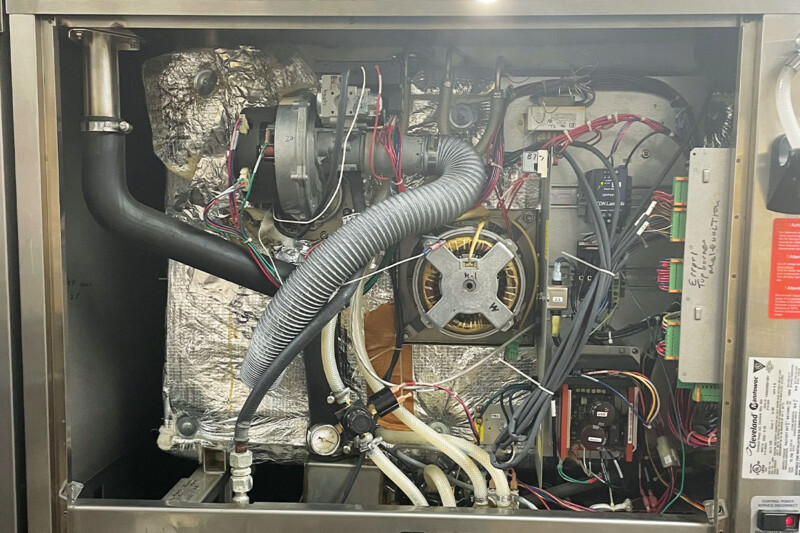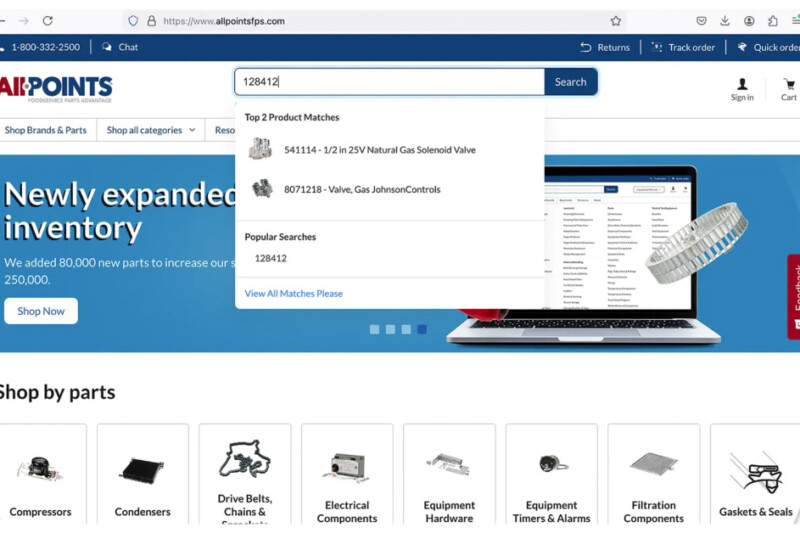Different griddle tops require a specific cleaning method. For non-chromium surfaces, use a grill brick and cooking oil. Going with the grain, start cleaning the grill when it is warm to the touch but not red hot. Clean the flat surface as well as the side splash guards. Remove all the carbon buildup with the grill brick and then rewash all the surfaces with a mild soap and water mixture to remove smaller carbon particles. Rinse the surface. Once the griddle is clean, apply a thin coating of oil with a clean towel to prevent rusting and maintain a well-seasoned cooking surface.
With stainless surfaces, use a scraper to remove buildup, then use a mild soap and water mixture with a damp cloth to scrub it clean. Do not use strong chemicals, metal scrubbing pads or wire brushes. Same goes for chrome-plated and double-plated grill tops.
Clean the sides and front of the grill as you would any other stainless equipment. And finally, clean around the burner and burner air shutter.
Ice is a definite no-no when cleaning all griddles. The shock of ice on the super-hot surface can create stress cracks and warping. While ice seems to save time and be an efficient way to cool the surface quickly to get to cleaning, it can lead to more expensive maintenance and repairs, and can even ruin the griddle in the long run. Be sure the cleaning crew understands your no-ice policy.
Along with the daily task of cleaning your griddle, you should perform certain tasks routinely throughout the year. The biggest mistake operators make is letting their grills be operated too long without maintaining the equipment. Just because they clean the surface today does not mean the rest of the grill is clean. You must inspect the entire grill.
Check and calibrate the thermostat every 30 days either with a surface thermostat or laser surface thermometer. Any employee can do this simple task; just do it once a month to ensure the griddle’s thermostat is working properly. As well, every 90 days or four times a year, look for stress cracks in metals and every six months or twice a year, do a visual inspection of the topside and underside of the grill. On a gas grill, check the gas pressure; on electric grills, have a professional service technician check the amp reading.
If you take the time and effort to clean and maintain your griddle in the present, it will continue to function properly and serve you well into the future.
Copyright FER June 2016
RELATED CONTENT
- Advertisement -
- Advertisement -
- Advertisement -
TRENDING NOW
- Advertisement -
- Advertisement -
- Advertisement -


